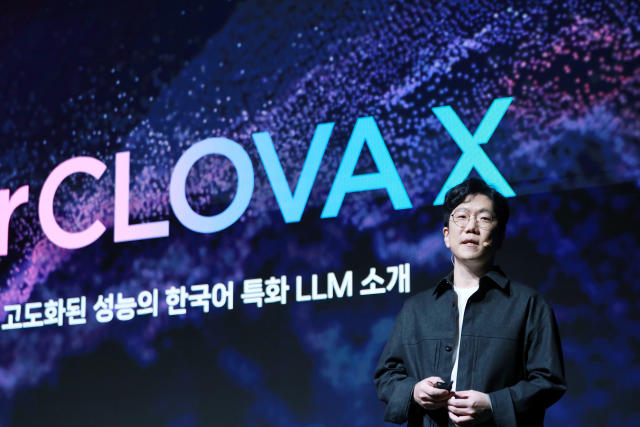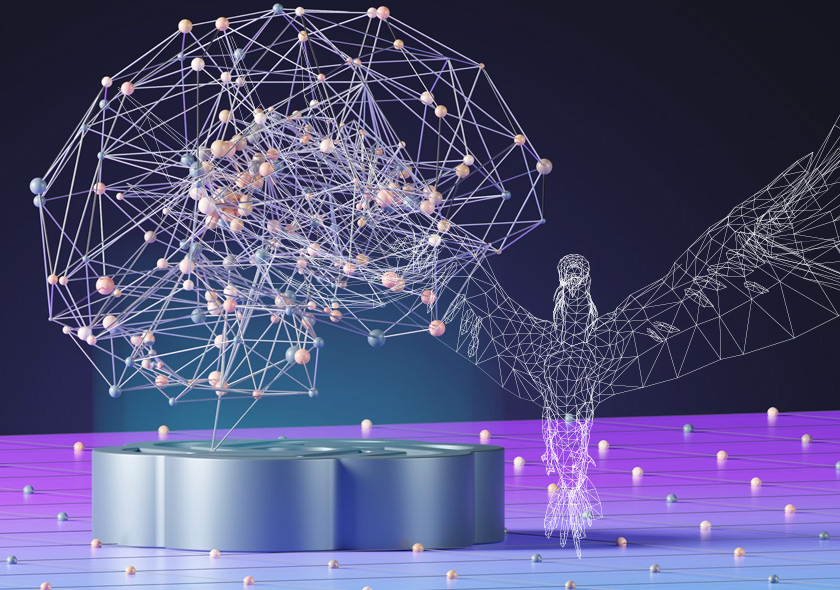Content Overview
Introduction
In recent years, large language models (LLMs) have become a central component of modern artificial intelligence. These AI models, including regional AI models, are capable of recognizing complex patterns in language data and performing a variety of language-related tasks, from text generation to language translation to the development of new AI applications. In short, LLMs, including regional AI models, are revolutionizing the way we interact with technology and process information.
In practice, we currently almost exclusively think of the large language models from the USA and Europe, such as the GPT series from OpenAI, Claude from Anthropic, or LLaMA from Meta. These models have undoubtedly made significant advances and set standards worldwide. However, the development of international AI models is also being rapidly advanced in other regions of the world. Whether in Asia, the Middle East, Africa, or Latin America, regional AI models are emerging almost everywhere that take into account specific local needs and languages.
It is reason enough to look beyond our own horizons and examine which large language models have been developed in different regions, what unique challenges and opportunities they bring, and how they contribute to global technological development.
Examples of regional AI models outside the USA and Europe
Significant progress is also being made in the development of large language models (LLMs) outside the USA and Europe. Here are some notable examples of LLMs from various regions, reflecting the diversity and innovation of the global AI landscape.
China
ERNIE Bot 4.0 (Baidu)
Baidu, a leading Chinese technology company, has developed ERNIE Bot 4.0, one of the most advanced language models. This version shows significant improvements over its predecessors and is used in a variety of applications, including intelligent assistants and content generation.

MOSS (Tsinghua University)
Another large AI model from China is MOSS, developed by Tsinghua University. This model was designed to support a variety of languages and offers features in natural language processing. MOSS is one of many examples of China’s commitment to academic research and innovation in AI.
Israel
Jamba (AI21 Labs)
AI21 Labs from Israel has recently introduced Jamba, an innovative language model that combines the strengths of Mamba and Transformer architectures. Jamba can process up to 256,000 tokens and achieves about three times the throughput rate compared to traditional models. It uses a Mixture-of-Experts (MoE) layer to increase efficiency by utilizing only 12 billion of the available 52 billion parameters during inference.

South Korea
HyperCLOVA (Naver)
Naver, South Korea’s leading internet company, has developed HyperCLOVA, a large language model specifically tailored to the Korean language and local market. HyperCLOVA is used in a variety of applications, from chatbots to voice assistant systems.

Japan
Fugaku-LLM (RIKEN)
The RIKEN Center for Computational Science has developed Fugaku-LLM, a language model trained on the powerful Fugaku supercomputer. Fugaku-LLM shows advanced capabilities in processing the Japanese language and is used in both research and commercial applications.

India
Airavata (AI4Bharat)
Airavata, developed by AI4Bharat, is a new language model optimized specifically for the Hindi language. This model is based on the OpenHathi model and has been fine-tuned using IndicTrans2, an advanced machine translation model for Indian languages. Airavata addresses the specific needs of the Hindi-speaking population in natural language processing.

Russia
GigaChat (Sberbank)
Sberbank has recently introduced GigaChat, a language model based on ruGPT-4.5, optimized for the Russian context. GigaChat stands out for its ability to generate text and images, opening up a variety of possible applications. It is used for financial advice and customer service automation and offers an API that facilitates integration into various business applications.
United Arab Emirates
Falcon (Technology Innovation Institute)
The Falcon model, developed by the Technology Innovation Institute in Abu Dhabi, is one of the most powerful open-source LLMs with 180 billion parameters. Falcon models are trained on the RefinedWeb dataset, which includes high-quality web data and therefore excels in various NLP tasks. Falcon supports over 100 languages and is used in applications such as content generation, language translation, question answering, and sentiment analysis. The models are available under the Apache 2.0 license.

Relevance of the Geographical Origin of AI Models
The geographical origin of LLMs plays a significant role in their development and application. Cultural, linguistic, and technological differences shape the way these models are trained and what tasks they can perform. In this section, we highlight why it is important to consider the geographical origin of LLMs.
Cultural and Linguistic Diversity
One of the most important arguments for the development of local LLMs is the consideration of cultural and linguistic diversity. Many globally used AI models are tailored to the English language and Western cultural contexts. Local models, on the other hand, can better capture specific language features and cultural nuances. In India, for example, there is enormous linguistic diversity with hundreds of languages and dialects. A model specifically developed for this diversity can understand and process these languages better than a generic model primarily trained on English.
Technological Sovereignty
Another important aspect is technological sovereignty. Countries and regions that develop their own LLMs reduce their dependence on Western technologies and strengthen their own innovation capabilities. This is particularly evident in countries like China and Russia, where state-supported initiatives drive the development of their own technologies. Such efforts aim to create independent and powerful alternatives to Western models.
Economic and Strategic Importance
The development of their own LLMs also has economic and strategic importance. Local language models can help drive digital transformation in various sectors, from healthcare to education to finance. Both technology companies and start-ups are investing heavily in the development and application of LLMs to remain competitive and open up new markets.
In summary, the geographical origin of LLMs plays an important role in their development and application. Local models can better consider cultural and linguistic peculiarities, contribute to technological sovereignty, and offer economic and strategic advantages. In an increasingly globalized world, it is crucial to promote and utilize this diversity to fully exploit the potential of LLMs.
Conclusion
Developments in the field of large AI models outside the USA and Europe clearly show that innovation and progress in artificial intelligence are a global phenomenon. These models contribute to technological, economic, and cultural development in their respective regions and underscore the importance of a diversified and inclusive approach to AI development.
Summary of Key Points
Examples from China, Israel, South Korea, Japan, India, Russia, and the United Arab Emirates illustrate how LLMs are tailored to local languages and cultural contexts. Models like those mentioned above demonstrate the performance and adaptability that can be achieved by focusing on regional peculiarities. These developments not only contribute to the technological sovereignty of the respective countries but also offer tailored solutions for local challenges and needs.
The future of regional AI models
The future development of LLMs is expected to become even more diverse and global. Collaboration between different countries and research institutions could lead to even more powerful and versatile models. Integrating cultural and linguistic diversity into the development of LLMs will not only enrich the technology itself but also its applications and the way we interact with it. Companies will also increasingly need to consider the choice of the right LLM when integrating AI.
It is desirable for the global community to recognize and promote the importance and value of LLMs outside the Western world. This will not only contribute to technological advancement but also to a fairer and more inclusive global innovation landscape. The examples in this article show that significant progress has already been made and that the future of LLMs is promising.
